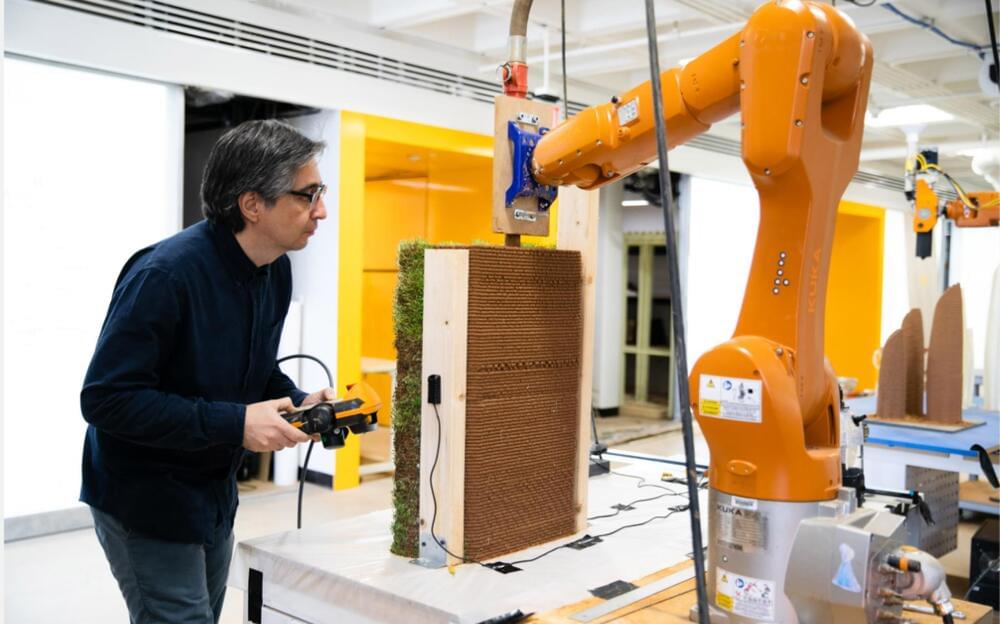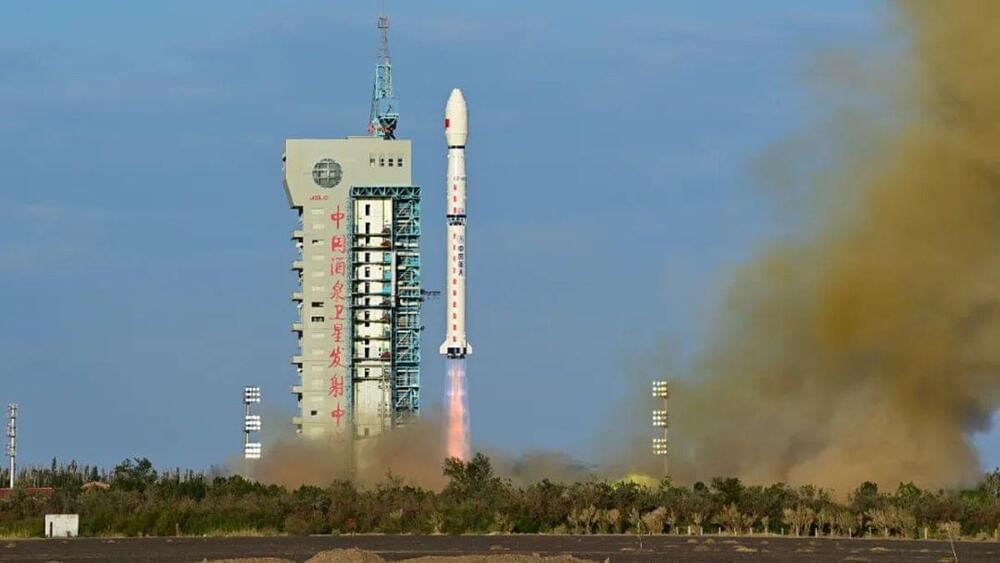Where are all the aliens?! This is the essence to the Fermi Paradox. It’s most popular solution is the “Great Filter.” What is the obstacle that life and/or intelligent species are unlikely to survive? Let’s discuss.
00:00 Cold Open.
00:18 Introduction.
00:48 History of the Fermi Paradox.
02:48 Fermi Paradox Explained.
03:55 Drake Equation Explained.
07:04 The Great Filter.
09:56 Rare Earth Hypothesis.
10:53 Geologic Time in Galactic Years.
14:48 Evolution of Intelligent Life.
17:03 Conclusions.
19:11 Poll Results.
19:47 Outro.
20:10 Featured Comment.
Nick Lucid — Host/Writer/Editor/Animator.
Natalie Wells — Researcher.
VIDEO ANNOTATIONS/CARDS
What is Life?
https://youtu.be/AF2Ykg8Fq2w.
Cosmic Time:






